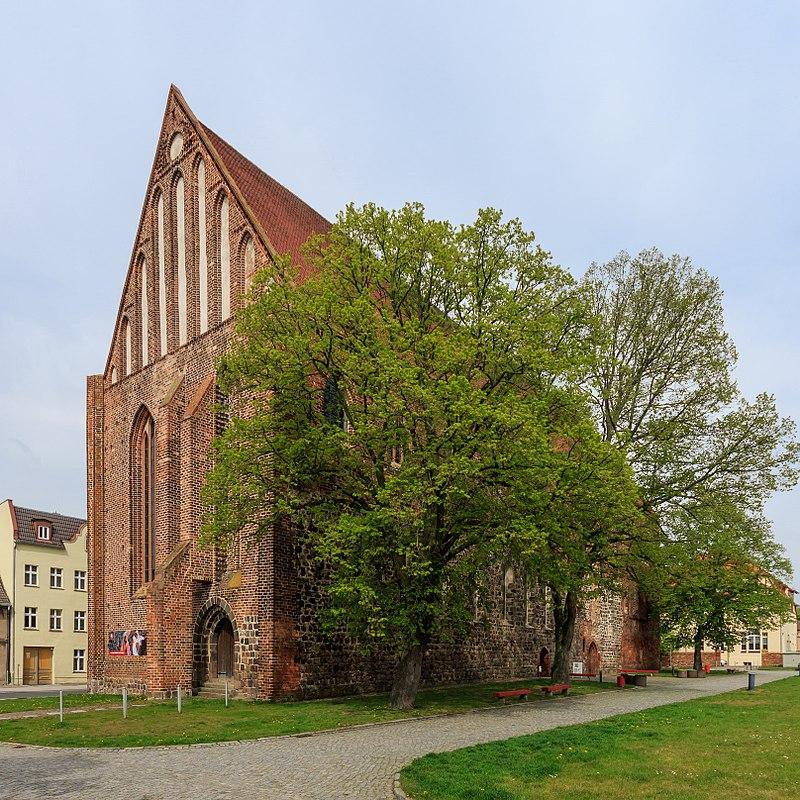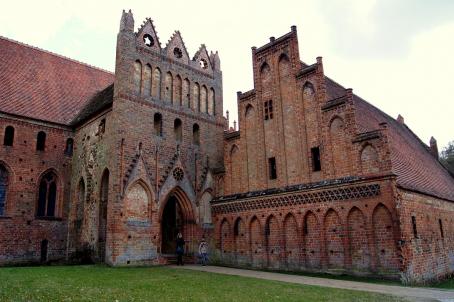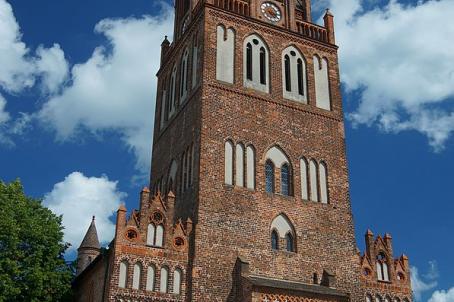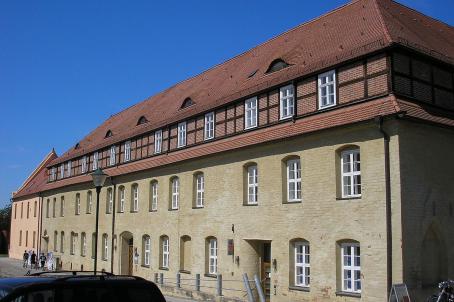Angermünde Former Monastery

The former Franciscan monastery in Angermünde was probably founded in 1260. The abbey church, built in the 13th century, was the burial place of several noble families of the Mark Brandenburg. In 1543, with the Reformation, the monastery was secularized and left to decay. Between 1699 and 1788, the abbey church was restored and was partly used by the Huguenots as a Reformed church. The monastery buildings were destroyed at the end of the 18th century, and the church was renovated in the 19th century and during the Nazi regime. After German reunification, the monastery church was converted into an event hall.
About this building
For more information visit on this building visit www.klosterland.de/Monastery/Angermuende





